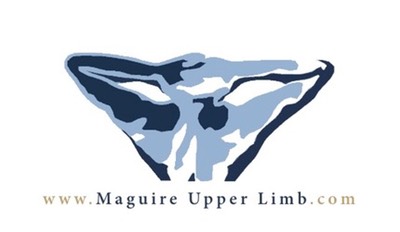Gold Coast Orthopaedic Shoulder Surgeon Dr Michael Maguire will offer a Reverse Total Shoulder Replacement in situations of "Pseudoparalysis" or severe pain associated with "Cuff Tear Arthropathy" of the shoulder.
Following a Massive Rotator Cuff Tear which has been left untreated or failed to heal following repair, patients may develop a pattern of arthritis called Rotator Cuff Arthropathy. Cuff Arthropathy is characterised by "shrugging" type shoulder movements as the deltoid muscle attempts to elevate the shoulder without the rotator cuff. The proximal humerus attempts to escape superiorly and subluxation of the shoulder can occur.
Eventually the deltoid's loss of mechanical advantage and slackness may make elevation of the arm almost impossible.
A reverse prosthesis allows the deltoid to regain mechanical advatage by putting it on stretch so it can act as an "initiator" of elevation, a movement previously perfomed by the now torn and irreparable Supraspinatus Tendon of the rotator cuff.
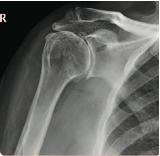
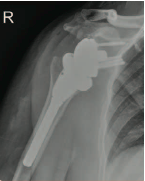
Notice the increased "gap" between the acromion and the humerus as the arm is literally lengthened putting the deltoid on stretch.

If left too late the acromion can be destroyed which effects the deltoid attachment and may preclude the use of a Reverse Shoulder Replacement. The deltoid is often the only muscle left to "drive" the shoulder in "Cuff Arthropathy" so the acromion must be assessed regularly with x-rays to exclude severe thinning which may lead to acromial fracture and deltoid detachment.
The Reverse Total Shoulder Replacement System currently used by Dr Maguire is the RSP from DJO Global.
The RSP is one of the most well-published reverse shoulders on the market with over forty peer reviewed journal publications.
The RSP system features an anatomic humeral neck-shaft angle. Biomechanical testing has shown that having a humeral neck-shaft angle in the range of normal anatomy reduces the potential for inferior scapular notching.

For successful bony ingrowth, a stable interface between the bone and the prosthetic device is required during initial healing. The design of the RSP baseplate provides 2000N of compression between the prosthesis-bone interface, providing stable initial fixation as well as ideal conditions for bony ingrowth for long-term fixation.
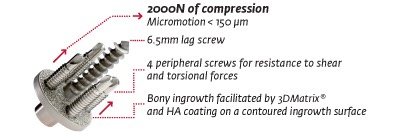
A great deal of variability can be experienced in rotator-cuff-deficient shoulders. The RSP system offers unmatched versatility, in size and offset, of glenospheres to manage complex anatomy and surgical outcomes.
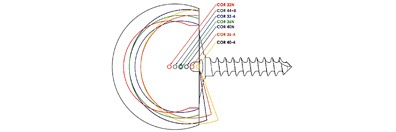
Click Here to learn more about the DJO Global RSP.
